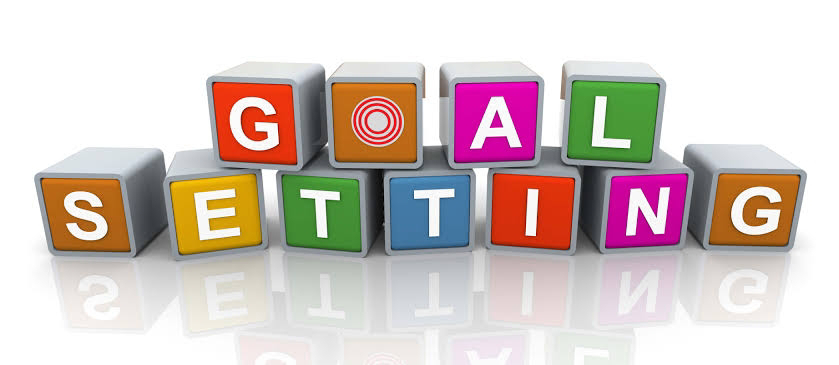Jabosca
Be Inspired...
Friday, 21 July 2023
Top 10 Youngest Billionaires in Nigeria
Thursday, 20 July 2023
AC Impact On Fuel Consumption
The Critical Necessity of Staying Hydrated: Unpacking the Consequences of Dehydration
Tuesday, 18 July 2023
Debunking the Myths: Are AirPods Really Safe for Use?
Monday, 17 July 2023
The Magnificent Maglev: Fastest Bullet Train In The World
Friday, 14 July 2023
General Aderonke Kale: The First Female Army Major-General in Nigeria
Thursday, 13 July 2023
Dangers Of A Sedentary Lifestyle
Wednesday, 12 July 2023
The Top 5 Video Conferencing Platforms: Pros and Cons
Pros:
- User-friendly interface with simple setup and intuitive controls.
- High-quality video and audio capabilities, allowing for seamless communication.
- Extensive features like screen sharing, recording, and virtual backgrounds.
- Supports large meetings with up to 1,000 participants.
- Cross-platform compatibility across desktop and mobile devices.
Cons:
- Privacy and security concerns have been raised in the past, but the company has taken steps to address these issues.
- Some users have experienced reliability issues during peak usage times.
- Certain features are limited in the free version, requiring a subscription for full access.
Pros:
- Integrated with Microsoft Office 365, making it convenient for organizations already using Microsoft products.
- Offers a wide range of collaboration tools, including file sharing, document collaboration, and project management.
- Robust security features, ensuring data protection and compliance.
- Seamless integration with other Microsoft applications and services.
- Supports large meetings with up to 10,000 participants.
Cons:
- The interface can be overwhelming for new users, requiring some time to navigate and understand.
- Limited customization options compared to other platforms.
- The free version has limitations, and certain advanced features require a subscription.
Pros:
- Fully integrated with Google Workspace (formerly G Suite), providing a seamless experience for users already using Google products.
- Simple and clean interface, making it easy to use for both beginners and experienced users.
- Supports large meetings with up to 250 participants.
- Offers real-time captions and automatic noise cancellation.
- End-to-end encryption for enhanced security.
Cons:
- Some advanced features, such as breakout rooms, are only available for enterprise-level subscribers.
- The free version has limitations on meeting durations and participant numbers.
- Integration with non-Google apps and services is not as seamless as with Google's own ecosystem.
Pros:
- Excellent video and audio quality, ensuring clear communication during meetings.
- Advanced features like AI-powered transcription, virtual backgrounds, and live streaming.
- Enhanced security measures, including end-to-end encryption and secure meeting access.
- Integrates with other Cisco collaboration tools for a comprehensive communication experience.
- Offers a generous free version with fewer restrictions compared to some competitors.
Cons:
- The interface can be complex for new users, requiring some learning curve.
- Certain features are only available in higher-priced plans.
- Compatibility issues may arise when joining meetings from different devices or browsers.
Pros:
- Reliable and stable video conferencing platform with robust audio quality.
- Intuitive interface that allows for easy meeting scheduling and joining.
- Offers a variety of collaboration tools, including screen sharing, drawing tools, and cloud recording.
- Provides seamless integration with popular productivity apps like Microsoft Office and Google Calendar.
- Supports meetings with up to 250 participants.
Cons:
- The free version is limited in features and has a maximum meeting duration of 40 minutes.
- Some users have reported occasional connectivity issues during meetings.
- Customization options are relatively limited compared to other platforms.
Conclusion:
Choosing the right video conferencing platform depends on your specific needs and preferences. Zoom stands out with its user-friendly interface and extensive feature set, while Microsoft Teams and Google Meet offer deep integration with their respective productivity ecosystems. Cisco Webex and GoToMeeting provide reliable solutions with advanced features.
By considering the pros and cons of each platform, you can make an informed decision that aligns with your communication requirements, budget, and security considerations.
Do you feel like a better platform should have made our list? Kindly let us know in the comments section below.
Tuesday, 11 July 2023
The Power of Goal Setting: Unlocking Your Path to Success
Mastering Time Management: Break Free from Bad Habits and Boost Productivity
Conclusion:
Effective time management is the key to unlocking your full potential and achieving your goals. By recognizing and eliminating time-wasting habits such as procrastination, excessive social media use, multitasking, and poor planning, you can reclaim control over your time and boost productivity.
Embrace these practical tips, stay disciplined, and watch as your efficiency and accomplishments soar.
Remember, mastering time management is a continuous process, but the rewards are well worth the effort.
Translate
Popular Posts
-
Jabosca International, a multi-billion dollar company spread across all continents and located in over 52 countries plans on establi...
-
“Guys I have an idea on how to control the excessive emission of CO 2 in our country and it’s quite simple. All you have to do is……” “M...
-
Written by Inalegwu E. Gabriel In the world today, “Job Security” is the word most people say with the belief that it makes them lo...
-
The University of East Anglia last month announced that UEA researchers have pioneered a patient-specific 3D virtual birth simulator. The ...
-
There's one news that floods the media worldwide and the name that has been on the lips of everyone since the 5th of December, 2013 is ...
-
I applied for my driver’s license on the 28th April, 2015 at the Gombe State Federal Road Safety Commission (FRSC) 0ffice. In the process ...
-
There’s this guy who was always fond of eating dinner at his friend’s place on a daily basis even though he wasn’t an orphan, and it got...
-
A Nigerian secondary school teacher complained to me that he once headed an arts club in his school and of course the students were able to...
-
This year 2016 has proven to be unarguably saturated with so many forms of online and offline communities of people helping people, mu...

































